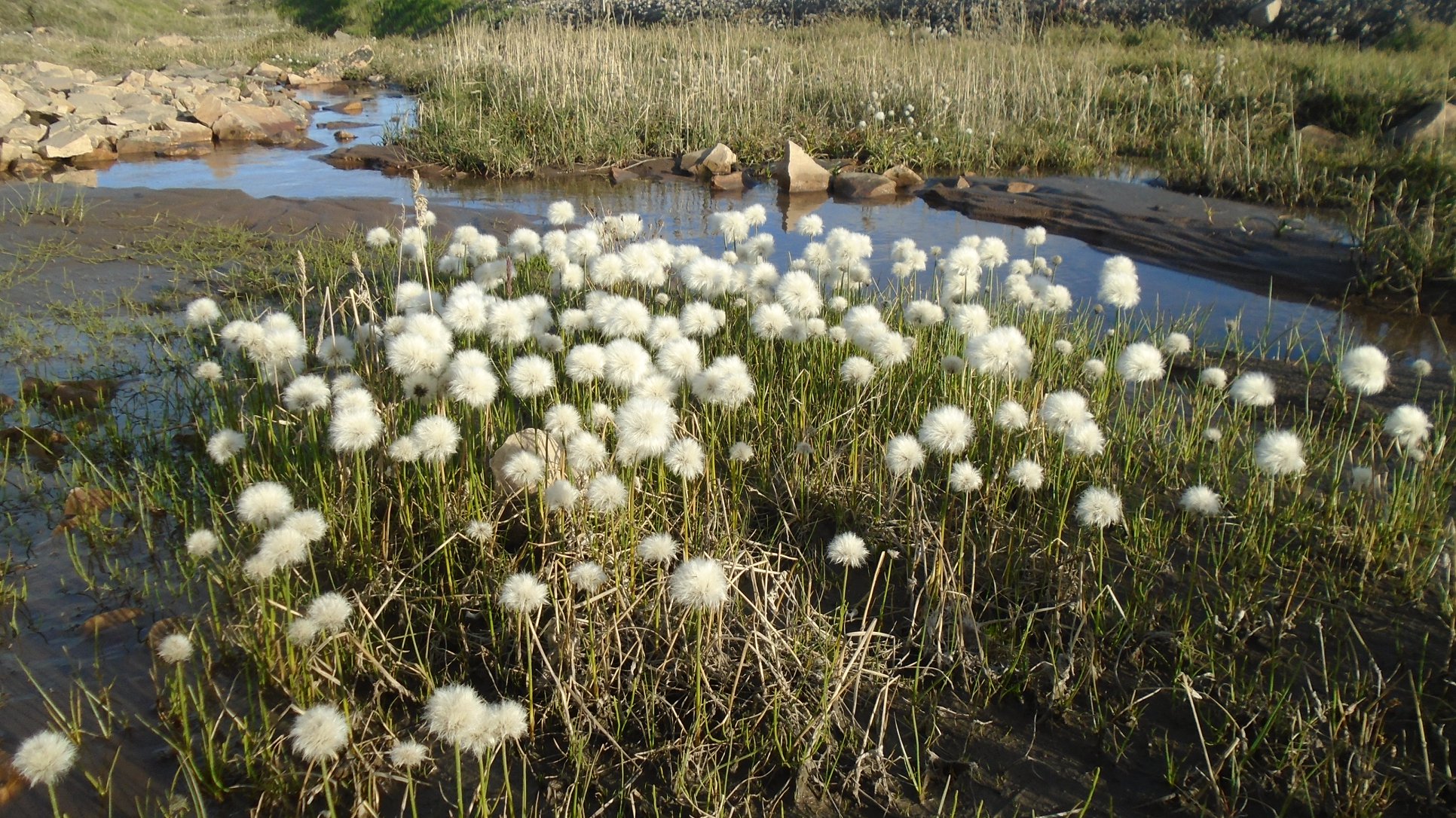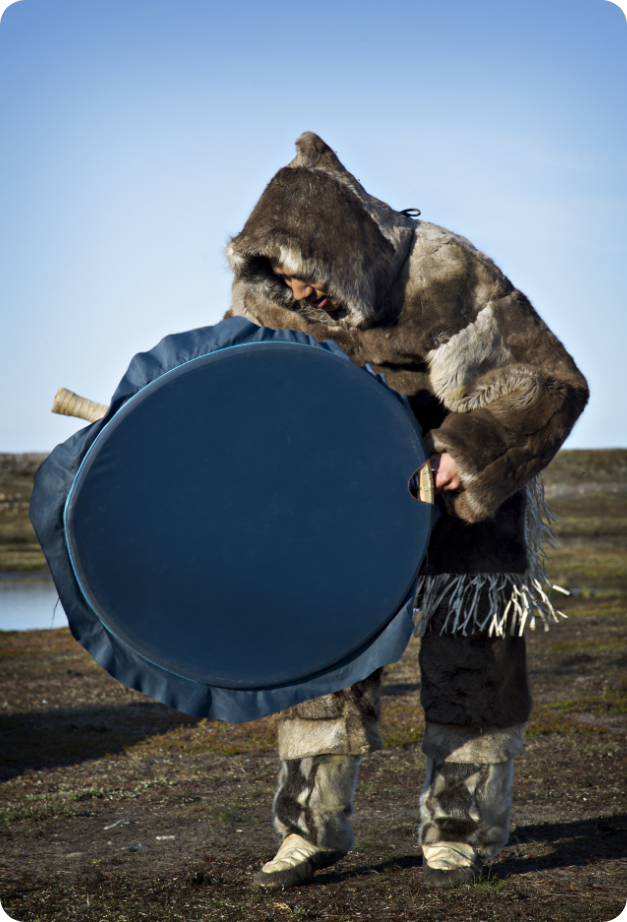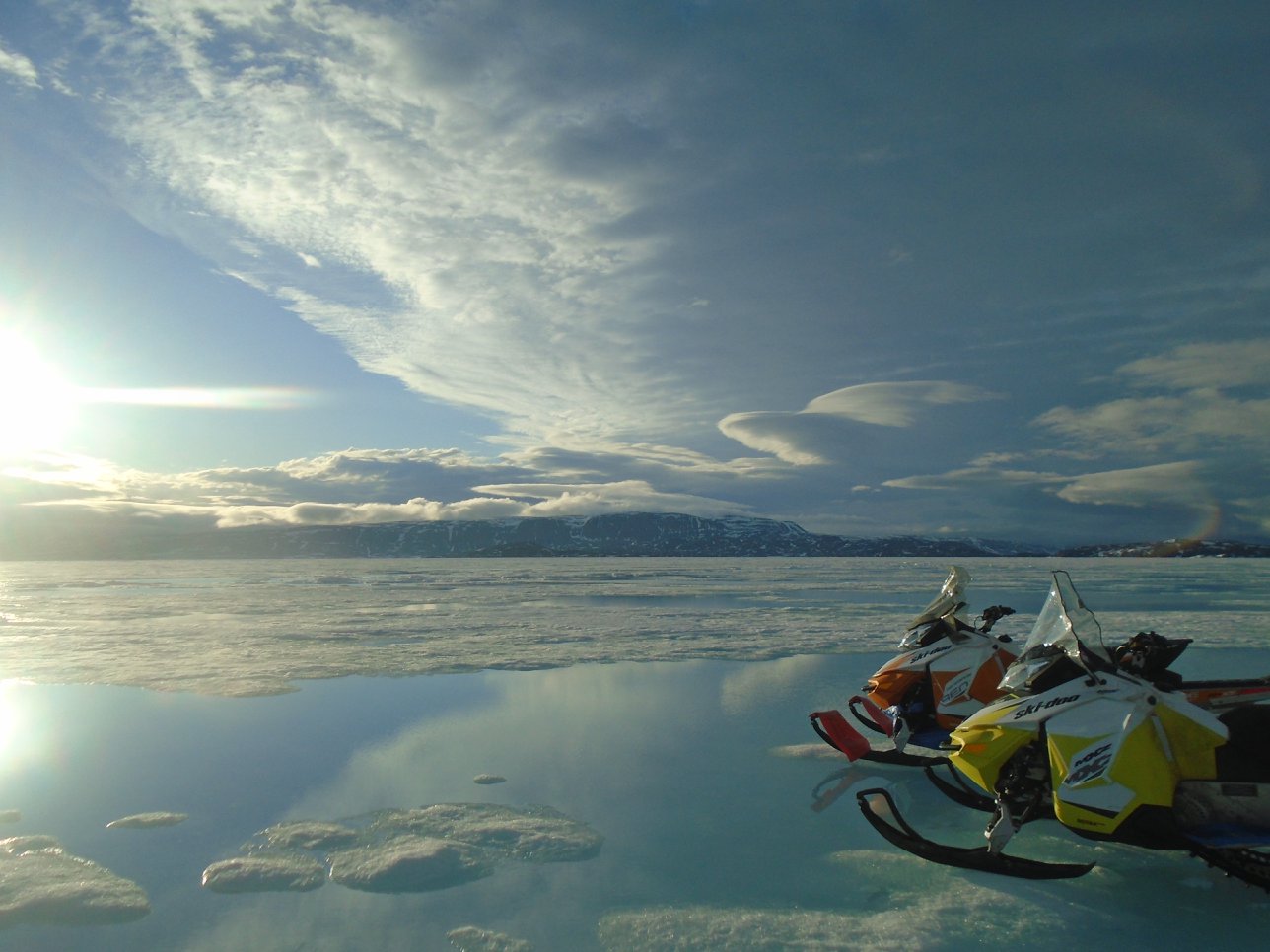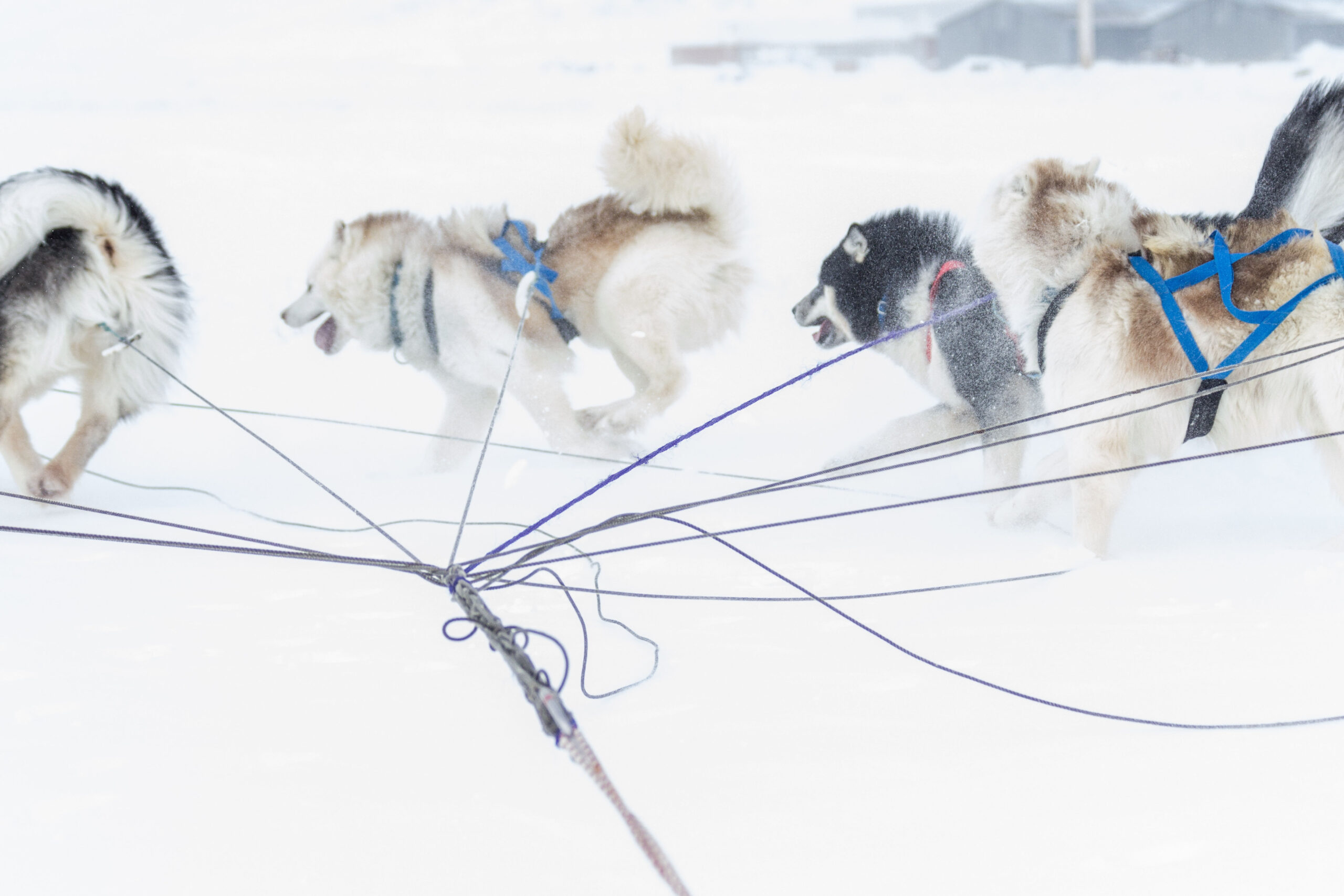Sanâk And Ilukkusik Are The Link Between Inuit Past And Present.
‘Qaujimajatuqangit’, meaning traditional knowledge, is passed from generation to generation through both the spoken word, and by teaching the skills to create beautiful handmade tools and objects. Whether it’s paintings, carvings, jewelry or even traditional clothing, the distinct influence of Inuit culture is unmistakable. Art has become an ideal way to showcase and preserve their synergistic relationship with the land and wildlife of the Arctic.
While there has never been a specific word in Inuktitut for art, the word ‘sanâk’ means ‘made by hand’. Traditional works were predominantly toys, tools and clothing until the mid-20th century when artists from the South began to share knowledge of contemporary techniques. The commercial market has seen an explosion of mediums from simple bone, antler or ivory pieces to stone, jade, beads, fur and the increasingly popular paper and canvas prints.
The creation and sale of art is one of the many ways that Nunavummiut have adapted to the modern world, while still preserving their heritage and traditions. Many artisans in Nunavut make their living creating stunning pieces of art, which are often sold to visiting travelers, art collectors and buyers abroad.
TOURISTS GUIDE TO SEAL PRODUCTS
Seal has been a source of locally harvested food in a demanding environment. Nunavut’s harvest is guided by three principles: it is sustainable, humane, and the entire animal is used for food, clothing, and arts and crafts. Seal products are a by-product of the sustainable harvest by individual Inuit harvesters from Nunavut. Availability is therefore, limited.
What you need to know:
Under the Indigenous Exemption of the European Commission Implementing Regulation Article
- 2 (1) (0) (0) (ii) individuals have the right to purchase and import sealskin(s) or seal products into the European Union.
- 2 (1) (c) Seal products for the personal use of travellers or their families may only be imported where any of the following requirements is fulfilled; (1) a written notification of import; (ii) a supporting document giving evidence that the products were acquired in the third country concerned.
Ringed and Harp Seal species are not listed on COSEWIC and are not a species of concem. For more information please visit the COSEWIC Web–site http://www.cosewic.gc.ca
How to get your seal products certified:
The seal products Export Certification process is a new extension to the Department of Environment’s existing Fur Tracking System. The certificate enables an individual to import seal products or value-added products to the European Union. Only skins that have been harvested by Inuit and the products made from those skins can be certified.
To get your seal products certified contact:
Fisheries and Sealing Division Department of Environment Government of Nunavut
sealingnunavut@gov.nu.ca
867-975-7702




